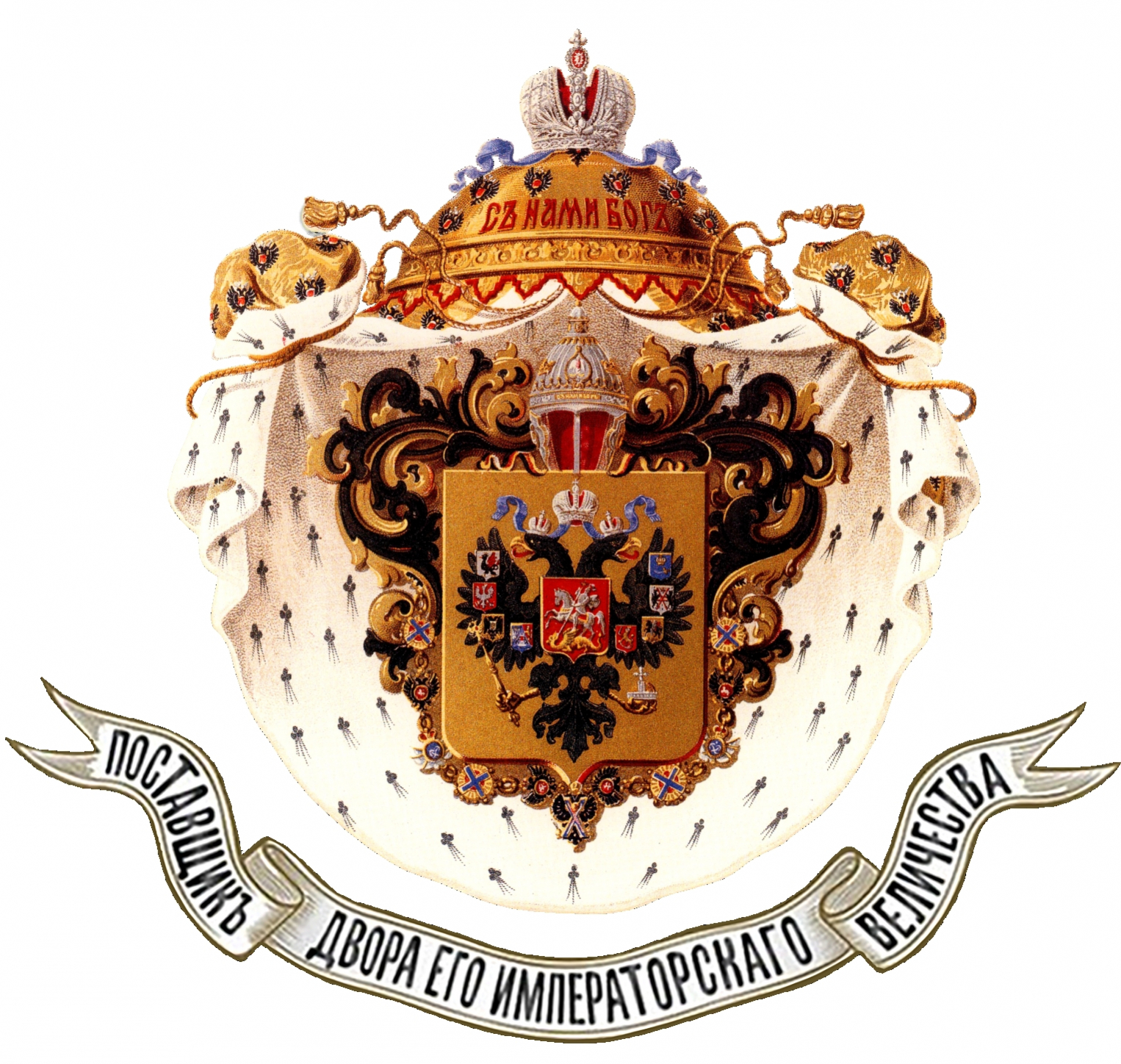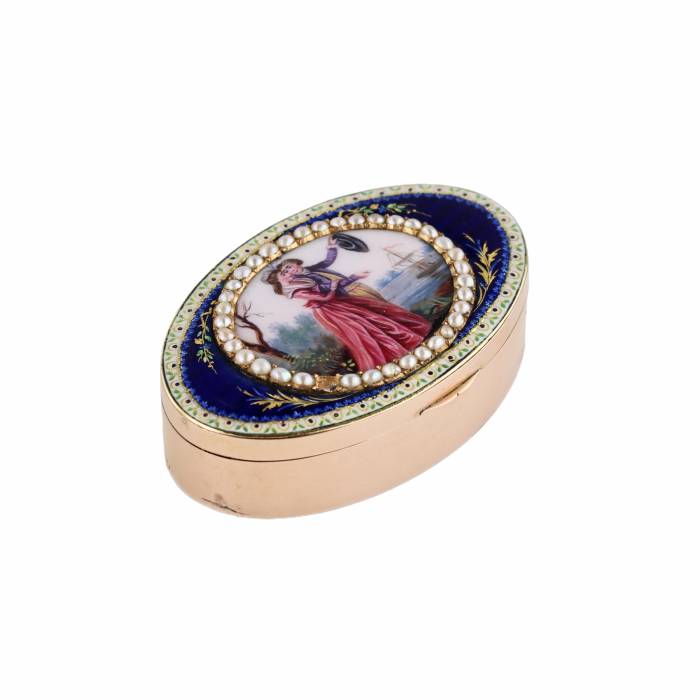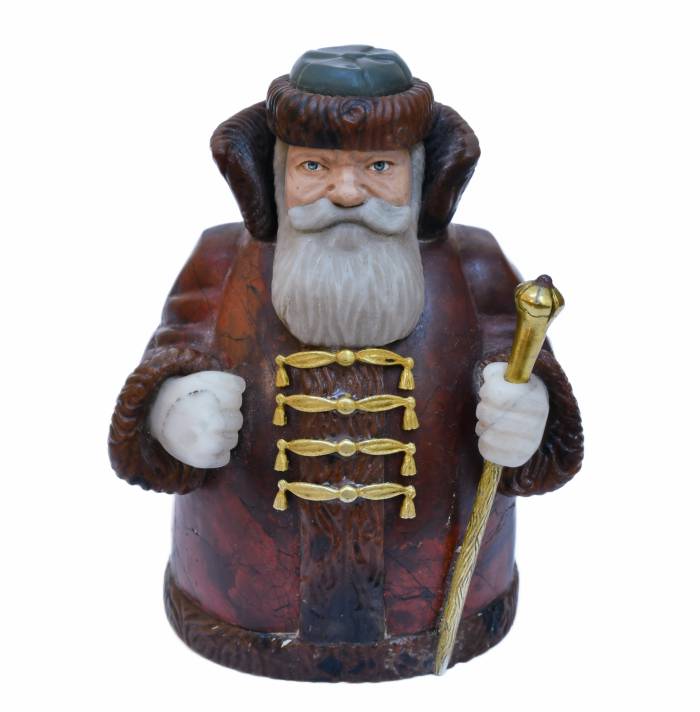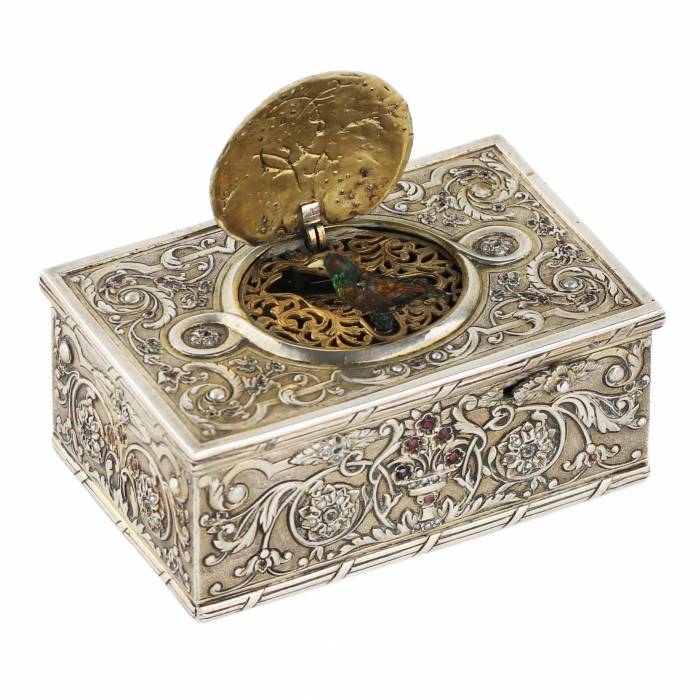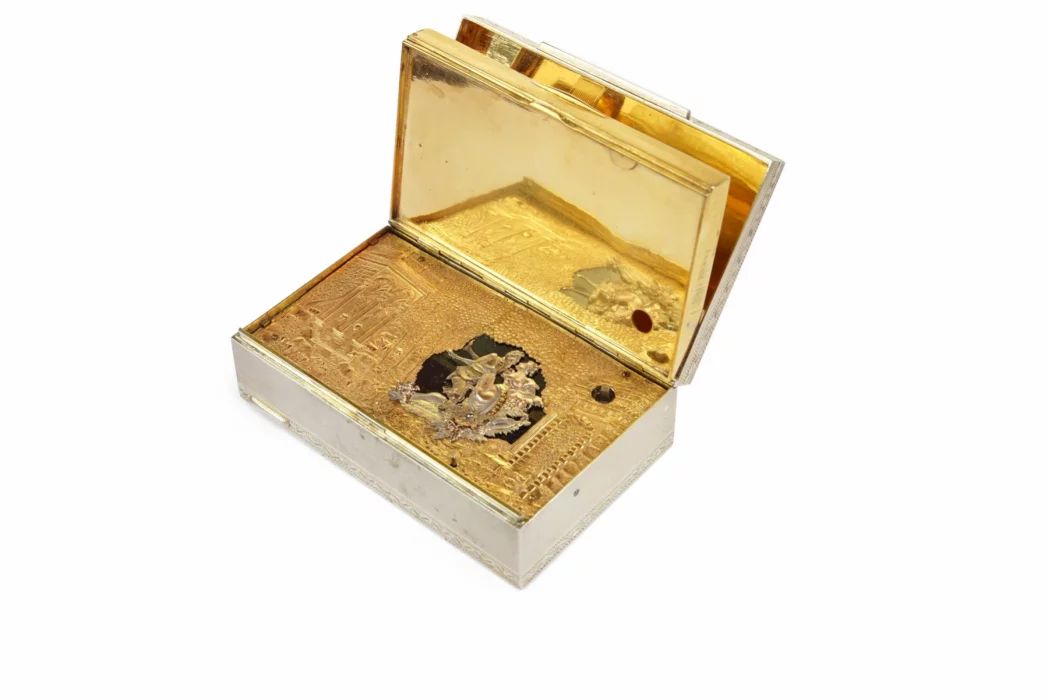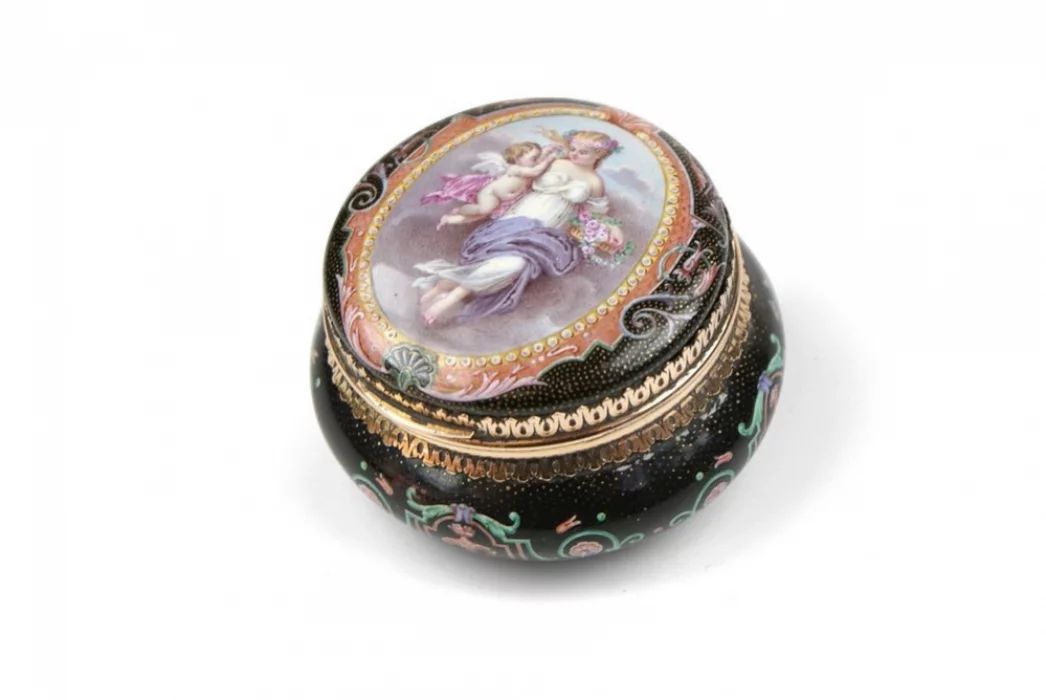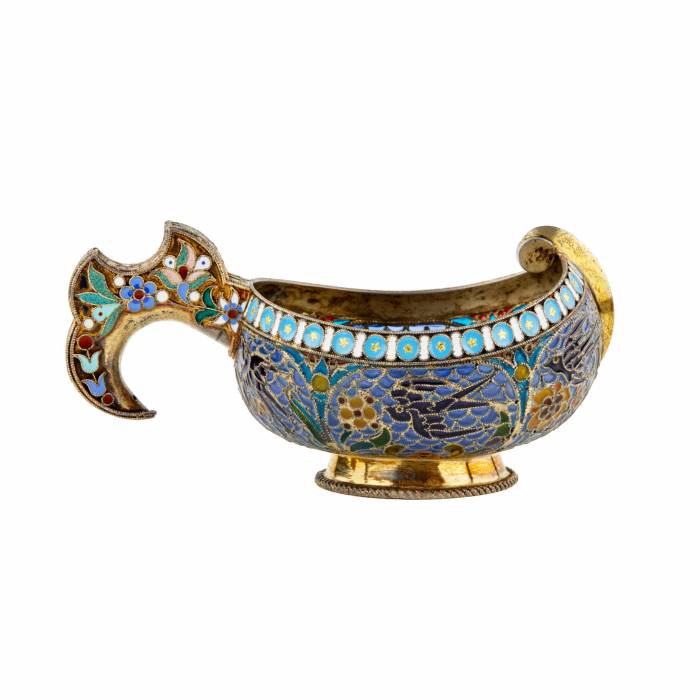
AntiqonART consultant will contact you within one business day after receiving your request.
Thank you for your request!
Our consultant will contact you soon.

AntiqonART consultant will contact you within one business day after receiving your request.

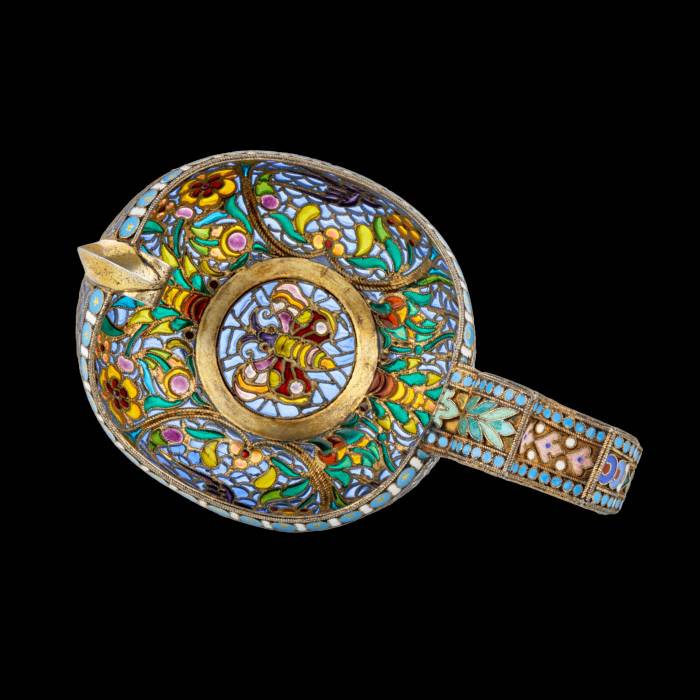

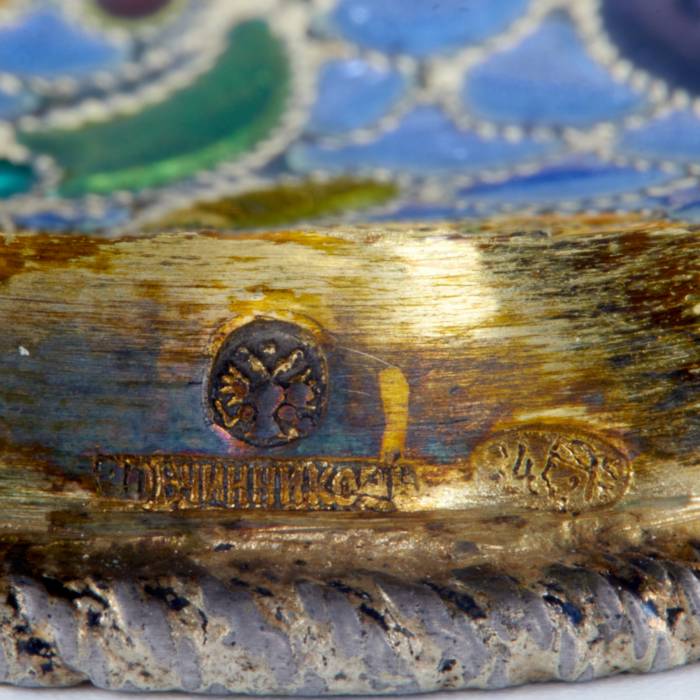
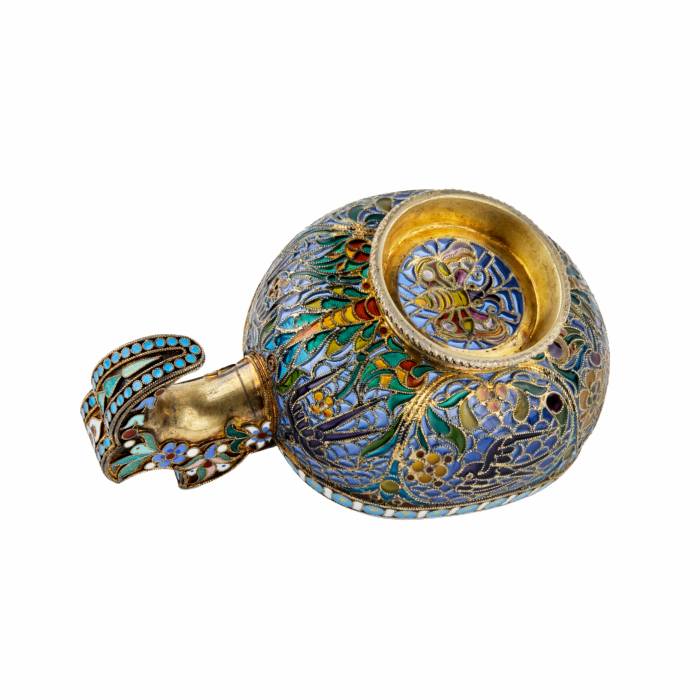
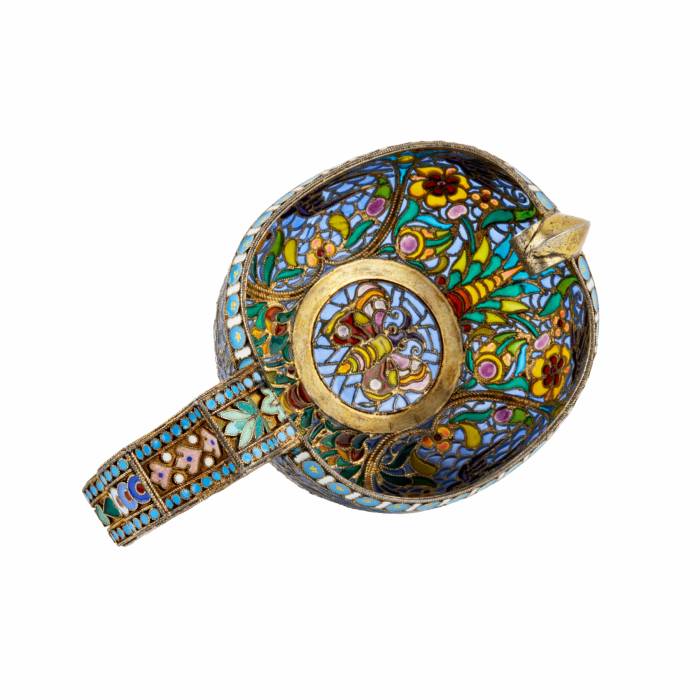
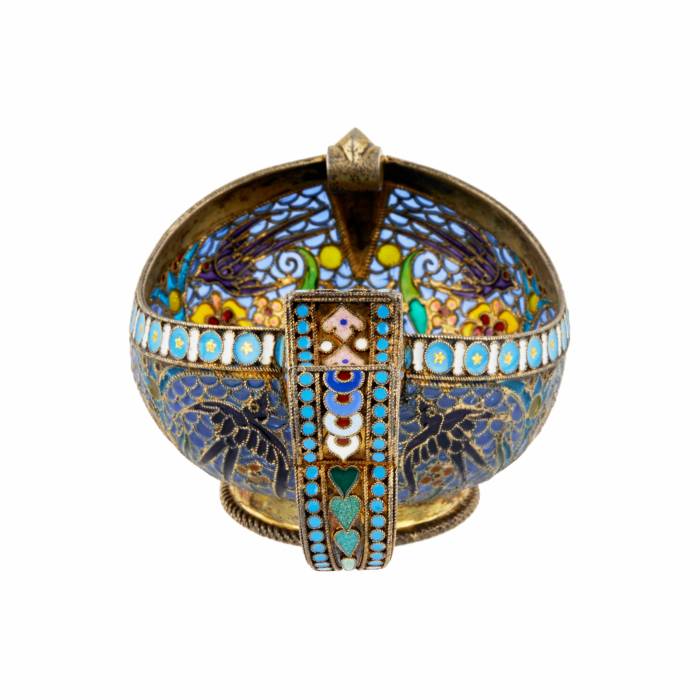
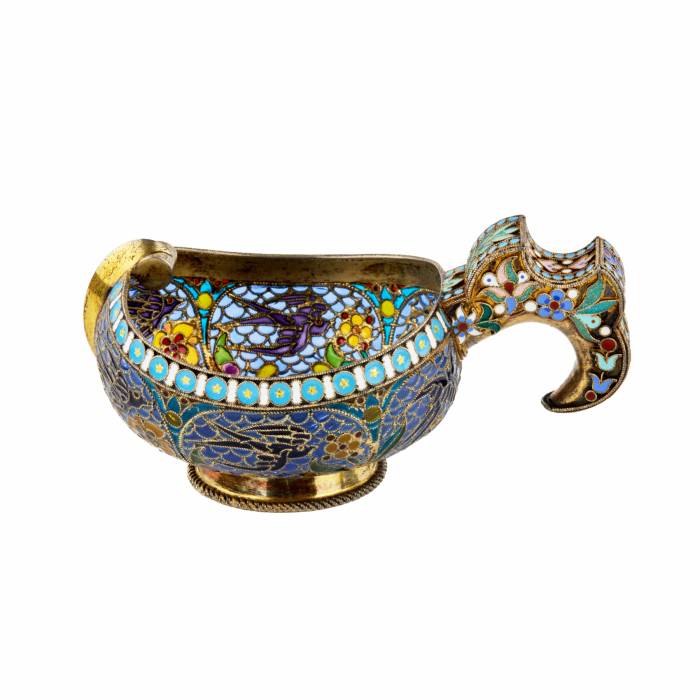
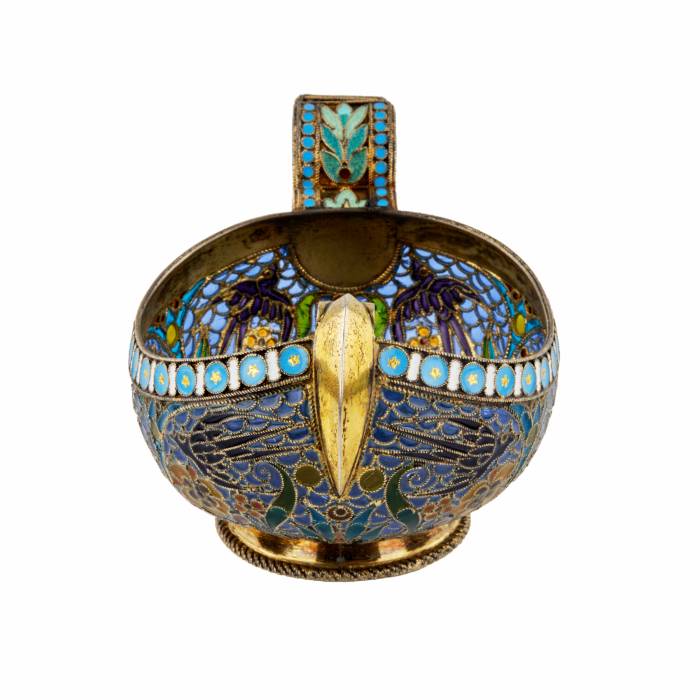
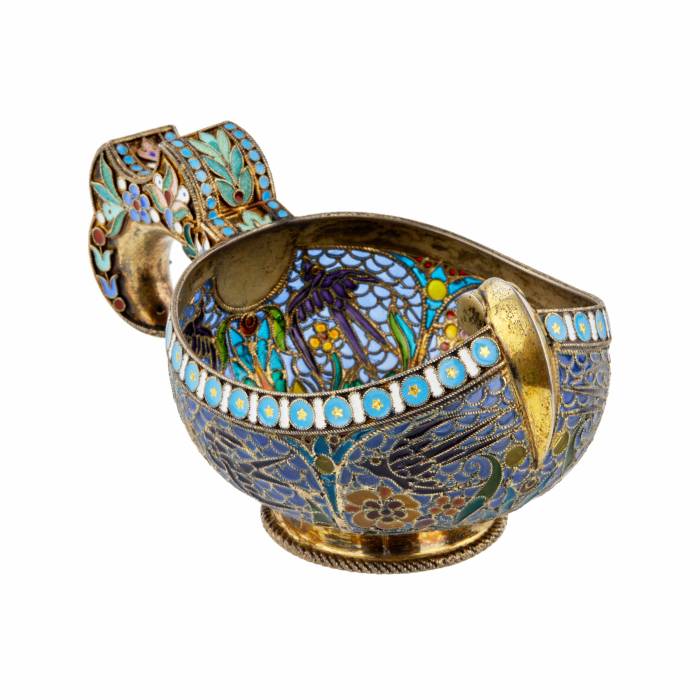










Discover how the value of similar works has evolved over the past 10 years. Art is not only beauty — it's an investment.
Discover how the value of similar works has evolved over the past 10 years. Art is not only beauty — it's an investment.
Antiqon ART offers free packaging, insurance, and delivery for most items purchased through the company.
An outstanding example of Russian jewelry art at the turn of the 19th–20th century, created in the workshop of Pavel Ovchinnikov — Supplier to the Imperial Court. The kovsh is made of 84 zolotnik silver, partially gilded and covered with enamel in cloisonné and stained glass techniques. The composition is adorned with stylized images of swallows flying over a blooming field, and a miniature butterfly is placed at the bottom — a symbol of ephemeral beauty.The highly artistic painting demonstrates exceptional craftsmanship: the cloisonné lines delicately outline the silhouettes of birds and plants, while the translucent sections of stained enamel give the image lightness and depth. The curved handle of the kovsh, decorated with floral motifs using polychrome enamel and the finest gold accents, deserves special attention. The entire piece is imbued with the aesthetics of Art Nouveau and reflects the finest traditions of the Moscow school of enamel art.
Marks: Full firm mark of Pavel Ovchinnikov beneath the imperial double-headed eagle — sign of Supplier to the Imperial Court; Moscow assay mark for 84 zolotniks (1899–1908); Assay inspector — Ivan Lebedkin (initials IL).
Dimensions: 12 × 7.5 × 6 cmWeight: 137 g
Condition: In excellent collector’s condition.
Provenance: The Greenfield Collection of Russian EnamelsChristie’s New York, 20 October 1998, Lot 205
Traditionally used in Russian feasting and ceremonial contexts, the kovsh became, in Ovchinnikov’s hands, a true jewel of art. The present piece reflects the Art Nouveau style, with organic lines, natural motifs, asymmetry, and refined symbolism. The fusion of cloisonné and stained-glass enamel — a technical and visual tour de force — became a hallmark of the Moscow school, known for its elegance and complexity.The imagery of flying swallows and a butterfly symbolizes spring, rebirth, the fragility and fleeting nature of life. The objects provenance in the Greenfield Collection and its sale at Christie’s New York in 1998 affirm its museum quality and rarity.
Excellent condition: no enamel losses, preserved gilding, and clear legible marks.
The condition report is provided for informational purposes only.
It is not comprehensive and may not reflect all defects, restorations, alterations, or adaptations, as Antiqon does not perform professional conservation-level assessments. The information is based on a qualified, yet subjective, evaluation by our specialists.Before purchasing, we recommend consultation with an independent expert.Please also consult our Auction Rules and Glossary, which contain important information on lot characteristics and sale conditions.
The condition report is provided for informational purposes only.
It is not comprehensive and may not reflect all defects, restorations, alterations, or adaptations, as Antiqon does not perform professional conservation-level assessments. The information is based on a qualified, yet subjective, evaluation by our specialists.Before purchasing, we recommend consultation with an independent expert.Please also consult our Terms and conditions and Glossary A-Z, which contain important information on lot characteristics and sale conditions.
